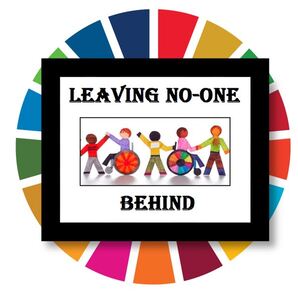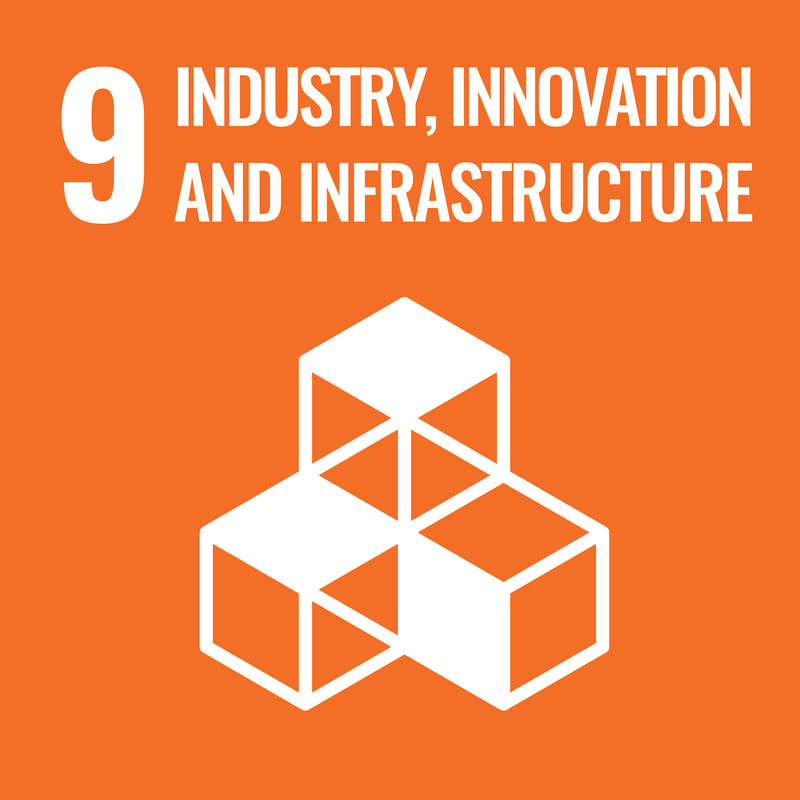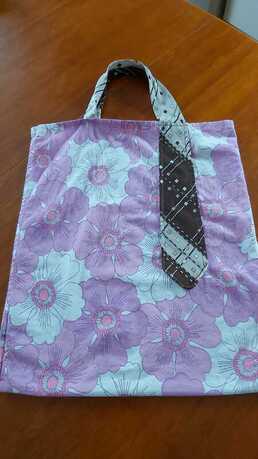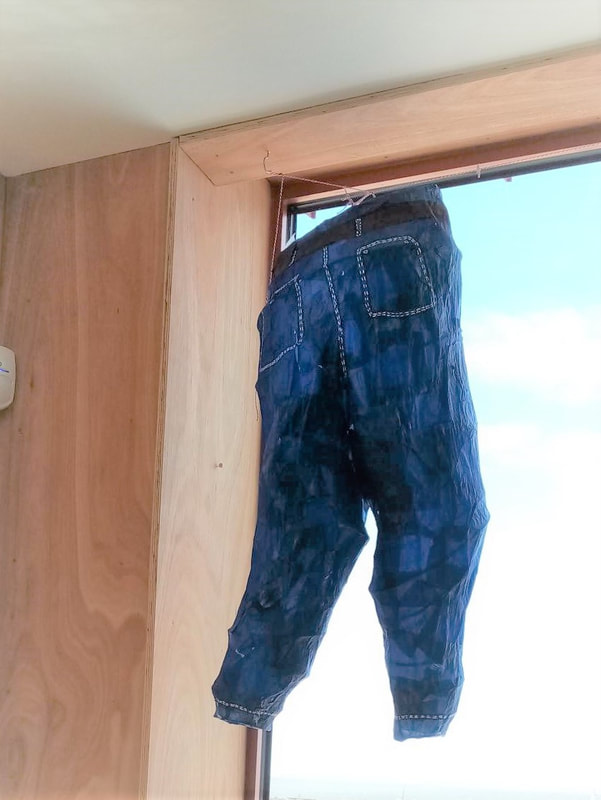Big Idea:
Cotton is perceived as a versatile, natural material that is a great purchase. We often fail to appreciate the story underlying cotton production, its impact on the environment, economy, industry and prosperity of countries and individual farmers and workers. This activity sensitizes students to the bigger picture around cotton and encourages them to value the material, their clothing and belongings, consider repurposing and recycling in a creative way.
Students learn about the cultivation, production and processing of cotton and explore the journey of a pair of jeans from the cotton plantation to the shopping mall.
They can create an exhibition to pass on this knowledge and a call for sustainable use and conscious purchase of clothing can be started.
Students learn about the cultivation, production and processing of cotton and explore the journey of a pair of jeans from the cotton plantation to the shopping mall.
They can create an exhibition to pass on this knowledge and a call for sustainable use and conscious purchase of clothing can be started.
Cotton fabrics of any kind are collected in a class or school action and should be recycled in a meaningful way, eg. cloth bags with ties as handles can be made and sold.
The proceeds can be donated to a charitable institution.
The proceeds can be donated to a charitable institution.
Type of Activity:
This activity can be developed in a variety of directions. There is potential for debate around trade and globalisation and opportunity for developing mathematical skills from calculating distances to measuring out materials for crafting activity using unwanted materials and ties.
Fabrics of any kind will be collected in a school campaign and cotton fabrics are to be recycled, eg. cloth bags with ties as handles can be made and sold.
Fabrics of any kind will be collected in a school campaign and cotton fabrics are to be recycled, eg. cloth bags with ties as handles can be made and sold.
Who is it for?
Ages 11 to 18.
What do I need?
Video - Is Cotton Sustainable?
Worksheets - Journey of the Jeans and Globalisation Debating Cards
Internet access/world maps/measuring equipment
Unwanted cotton fabrics and ties, for re-usage. Sewing items, such as a sewing machine or cotton, pins and needles, etc.
Worksheets - Journey of the Jeans and Globalisation Debating Cards
Internet access/world maps/measuring equipment
Unwanted cotton fabrics and ties, for re-usage. Sewing items, such as a sewing machine or cotton, pins and needles, etc.
|
| ||||||||||||
How long does it take?
45-60 minutes x 4 weeks, depending on experience and age of students.
Introduction
Check clothing labels - What material are your clothes made from? Where was your clothing made? Is the material a manufactured or natural fibre? Which material do you think is the most popular worldwide? Why do people like to wear cotton? Introduce the story of cotton from planting through to the product ready-to-wear.
Watch video - Identify impacts of cotton production on the environment (high use of water, pesticides, expanding land use/deforestation, labour intensive) and how this effects biodiversity, human population, contributes to climate change).
Support students to make the connections between the demand for cotton and its impact on the environment and society.
Watch video - Identify impacts of cotton production on the environment (high use of water, pesticides, expanding land use/deforestation, labour intensive) and how this effects biodiversity, human population, contributes to climate change).
Support students to make the connections between the demand for cotton and its impact on the environment and society.
What next
Look in detail at the journey of a pair of jeans, using information on the worksheet provided.
Use Google Earth to find the places referenced on the journey and calculate the total distance travel by the jeans consignment, using the internet.
Are they surprised how far the cotton has to travel? Why is the journey so complex? What forms of transport are used? How might production of the jeans damage the environment? What sort of jobs are young people doing at each stage of the journey? What are their opinions on working conditions and pay?
Explain that every product has a supply chain and often uses materials and labour from all around the world. Provide further examples, such as mobile phones, cars, trainers - can young people suggest examples of their own?
Use Google Earth to find the places referenced on the journey and calculate the total distance travel by the jeans consignment, using the internet.
Are they surprised how far the cotton has to travel? Why is the journey so complex? What forms of transport are used? How might production of the jeans damage the environment? What sort of jobs are young people doing at each stage of the journey? What are their opinions on working conditions and pay?
Explain that every product has a supply chain and often uses materials and labour from all around the world. Provide further examples, such as mobile phones, cars, trainers - can young people suggest examples of their own?
Finally
Debate the pros and cons of globalisation using debating cards to support discussion and/or challenge students to research cotton production in more detail and the possible benefits of organic and Fair Trade cotton upon supply chains.
What can consumers do to reduce negative impacts? How can we move away from a throwaway society to a more sustainable economy and industry?
Support students to plan a campaign to raise awareness of the story behind cotton, fast fashion and need to reuse and reduce waste. Working in groups they may choose to carry out interviews and surveys, devise an awareness-raising exhibition with information posters, quizzes, displays, start a fabric collection point for any fabrics and ties for recycling.
Cloth bags with ties as handles are made and sold using fabric collected. The exhibition will also be offered to the public, eg. the town hall/library to raise awareness in the wider community. The proceeds of the sales will be handed over to the non-profit organization in an official press event.
What can consumers do to reduce negative impacts? How can we move away from a throwaway society to a more sustainable economy and industry?
Support students to plan a campaign to raise awareness of the story behind cotton, fast fashion and need to reuse and reduce waste. Working in groups they may choose to carry out interviews and surveys, devise an awareness-raising exhibition with information posters, quizzes, displays, start a fabric collection point for any fabrics and ties for recycling.
Cloth bags with ties as handles are made and sold using fabric collected. The exhibition will also be offered to the public, eg. the town hall/library to raise awareness in the wider community. The proceeds of the sales will be handed over to the non-profit organization in an official press event.
Find out more
Research sustainable fashion, cultivation and production of cotton, etc: Unravelling the Thread: The Story of Cotton - Fairtrade Schools
Use role play games, to help students understand the cost of growing cotton, producing the cloth, selling, shipping, etc - helping to understand the full cost of clothing, etc: The trading game - Christian Aid
Organise a clothes swap and upcycling event to help create a culture of re-using unwanted items.
Tell your students about "make do and mend" - sew on a button if it comes off, instead of buying a new shirt, if the seam splits then mend it! All small acts together can make a huge difference to the world.
Use role play games, to help students understand the cost of growing cotton, producing the cloth, selling, shipping, etc - helping to understand the full cost of clothing, etc: The trading game - Christian Aid
Organise a clothes swap and upcycling event to help create a culture of re-using unwanted items.
Tell your students about "make do and mend" - sew on a button if it comes off, instead of buying a new shirt, if the seam splits then mend it! All small acts together can make a huge difference to the world.






